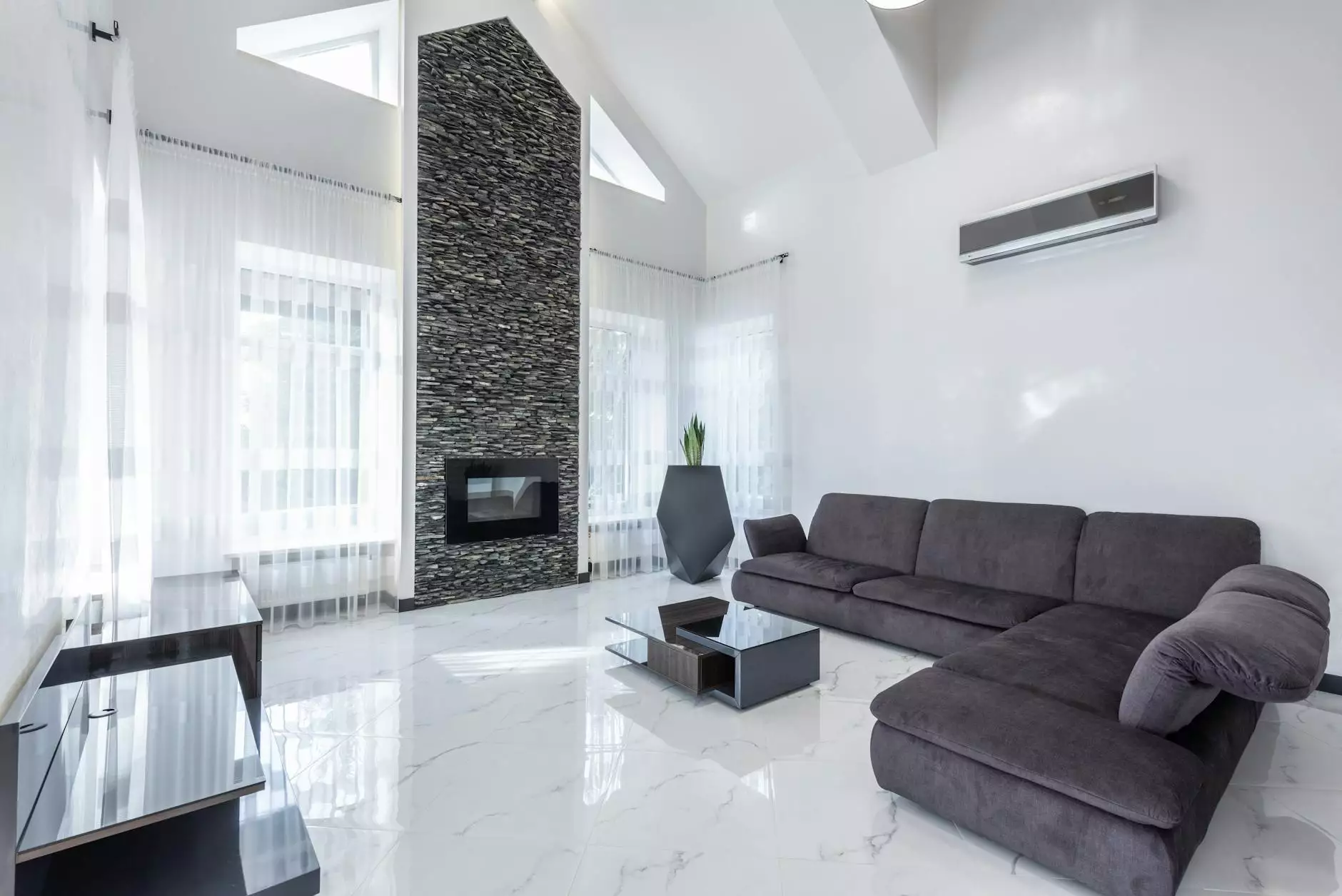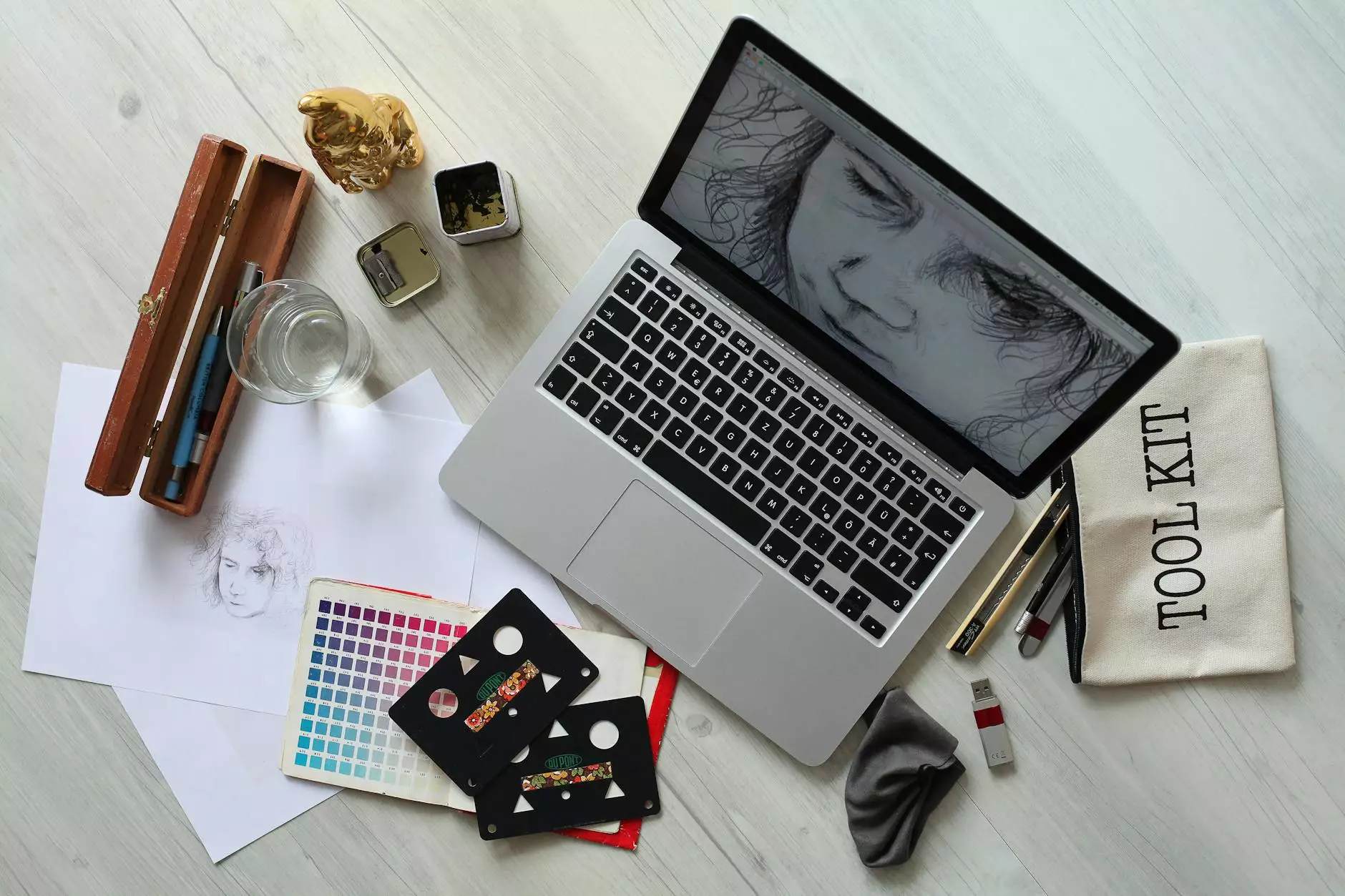The Art of Making a Storyboard for Graphic Design and Web Design

Introduction
In the realm of graphic design and web design, the process of visual storytelling plays a crucial role in creating captivating and impactful designs. Storyboarding is a powerful technique that helps designers plan, organize, and present their ideas. In this article, we will explore the art of making a storyboard and how it can elevate your creative process.
What is a Storyboard?
A storyboard is a visual representation of a design project, typically presented in a series of illustrations, sketches, or images. It acts as a blueprint, mapping out the flow, structure, and key elements of the design. By creating a storyboard, designers can effectively communicate their vision, ensure a cohesive narrative, and align their ideas with clients or team members.
The Importance of Storyboarding
Storyboarding is an essential step in the design process for several reasons:
1. Visualizing the Design
By translating abstract concepts and ideas into tangible visuals, storyboarding helps designers see the design in its entirety. It enables them to identify potential issues, explore different layouts, and refine the composition before moving into the actual production phase.
2. Enhancing Collaboration
Storyboards facilitate effective communication and collaboration between designers, clients, and team members. By presenting a visual narrative, designers can easily convey their ideas, gather feedback, and incorporate valuable insights from stakeholders, ensuring everyone is on the same page.
3. Streamlining the Design Process
A well-structured storyboard acts as a roadmap for the design process, helping designers stay organized and focused. It allows for efficient decision-making, as designers can quickly iterate and refine their ideas without wasting time and resources on unnecessary revisions.
The Process of Creating a Storyboard
Now that we understand the significance of storyboarding, let's dive into the step-by-step process of creating a storyboard:
Step 1: Define Your Objective
Before starting the storyboard, clearly define the objective of your design project. Identify the key message, target audience, and desired outcome. A well-defined objective will guide your storyboard creation process and ensure the final design effectively conveys the intended message.
Step 2: Break Down the Narrative
Analyze the narrative or user journey you want to depict in your design. Divide it into logical sequences, key scenes, or actions. This breakdown will serve as the foundation for your storyboard frames.
Step 3: Sketch the Frames
Begin sketching the frames for your storyboard. Consider the composition, perspective, and key elements in each frame. Focus on capturing the overall mood, ensuring visual coherence, and maintaining consistency throughout the sequence.
Step 4: Add Details and Annotations
Once you have the basic frames ready, start adding details and annotations to enhance clarity. Label important elements, describe actions, and provide additional context where necessary. This will help stakeholders understand the design intent more effectively.
Step 5: Iterate and Refine
Review and refine your initial storyboard. Seek feedback from colleagues, clients, or other stakeholders and incorporate their suggestions. Iterate on the storyboard until you are satisfied with the flow, storytelling, and overall visual representation.
Step 6: Digitalize and Animate (Optional)
Once the storyboard is finalized, you can choose to digitalize it using graphic design software or specialized storyboard tools. This allows you to add more polish, experiment with different visual styles, and even create animated transitions, bringing your design to life.
Tips for Effective Storyboarding
- Bold List Tip: Start with rough sketches and gradually refine them as you progress. Don't be afraid to experiment and explore different concepts.
- Bold List Tip: Use visual cues such as arrows, lines, and captions to guide the viewer's attention and ensure a smooth storytelling experience.
- Bold List Tip: Keep your target audience in mind and tailor the style, tone, and narrative accordingly. Understand their preferences and create a storyboard that resonates with their expectations.
- Bold List Tip: Don't limit yourself to traditional frames. Explore alternative layouts, interactive elements, or even 3D representations, depending on the nature of your project.
- Bold List Tip: Collaborate with other team members during the storyboard creation process. Incorporate their inputs, brainstorm together, and ensure the storyboard reflects a collective effort.
- Bold List Tip: Regularly revisit and update your storyboard as the design progresses. Adapt and refine it based on new insights, emerging ideas, or project requirements.
Conclusion
In the world of graphic design and web design, storyboarding serves as an invaluable tool for creating impactful visual experiences. By mastering the art of making a storyboard, designers can streamline their creative process, enhance collaboration, and deliver exceptional designs that truly resonate with their audience. Use the tips and techniques mentioned in this article to elevate your storytelling skills and unlock the full potential of your designs.








